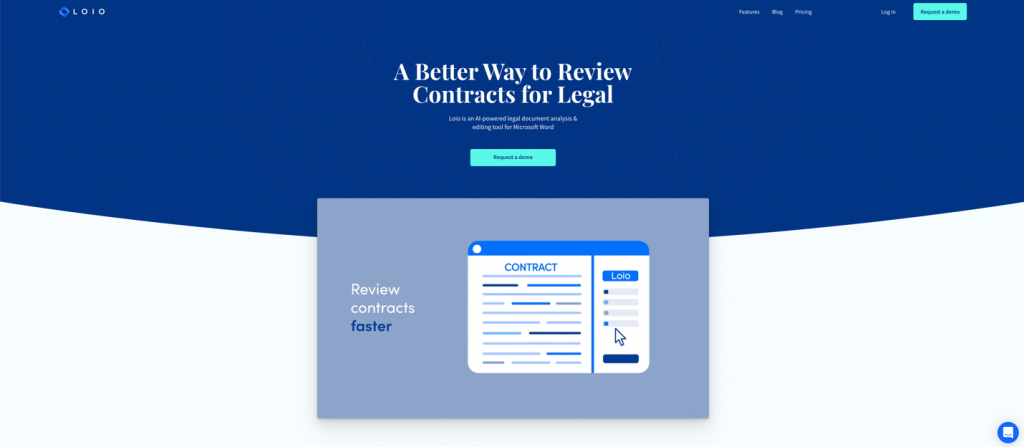Introduction
The role of information technology in the world today cannot be overstated. It has aided and enhanced the level of global communication and the sharing of information around the world, in ways that could not have been predicted decades ago.
Drafting contracts is a primary responsibility of lawyers and sometimes may get quite complicated. The possible complications arise because the nature of each transaction or agreement is different and require specific contracts to suit the need of each party. Therefore, having the necessary technological advances to aid in the drafting of contracts is important for lawyers and law firms. Certain advanced law firms in the world have developed specific contract drafting and reviewing software in carrying out related activities, while other law firms without such specific software utilize the applications generally made for contract and document review regardless of the industry. Platforms like Loio duly provide for these kinds of software, which lawyers can find beneficial. This article shall provide insights into how Information Technology has been of support to law firms in drafting contacts in recent years.
Machine Learning
A subject as delicate as contract review will be almost impossible without the concept of machine learning coming into play. In the drafting process, machine learning is most beneficial to lawyers. Due to the existence of different forms of contracts and agreements, it is necessary for any form of technology to first identify the type of contract being reviewed before a proper review can be affected. Identifying the type of contract can only be made possible through the process of machine learning. The process involves familiarising a particular software with hundreds of thousands of contracts and their peculiarities, for proper identification before review. Once the software is familiarised, it then finds it easier to review a contract in accordance with the type of contract selected by the reviewer. For example, a contract of sale of land will be a fundamentally different nature to an oil and gas transaction and so on.
Document Automation
While the review of contracts usually happens after the initial drafts, this contract document automation usually comes in during the creation of the contract. Document automation is a software function included in different programs, responsible for using logic-based algorithms in creating new documents based on existing data. Examples of documents created through document automation include commercial mortgage documents, estate planning documents, and employment contracts. Some large law firms also use this function in creating the first drafts of credit agreements as well as writing complex term sheets, which are quite lengthy documents.
Blockchain Models
Using blockchain models in developing contracts is the current level of technological advancement in contract drafting. The contracting technology in these cases adopts the blockchain model which allows contracts to evolve by rewriting themselves to the needs of the parties, which can be done by changing the structure of certain clauses, for example. This way, the standards of contracting will be automatically raised and lawyers will be introduced to more advanced methods of drafting contracts going forward. This function makes the negotiating of contracts and the setting of terms easier processes, as lawyers become more confident in the content of their agreements and in satisfying the needs of their clients.
Grammatical Editing and Proof Reading
This relatively basic function is one of IT’s most effective contributions to contract drafting and editing. While it may not be as advanced as blockchain models or machine learning, grammatical editing and proofreading is the most common function utilized by lawyers all around the world. The reality is that even in the developed world, most lawyers and law firms in countries like the United States, the United Kingdom and other developed legal industries do not utilize the advanced artificial intelligence functions as much as they would want to. Many of the tools that contain those functions are either too expensive or simply inaccessible to many lawyers. Tools like Grammarly, Copyscape, BriefCatch, and even Microsoft Word, offer a great deal of support to the drafting and editing processes in contract drafting. They solve minor issues like spelling errors, grammatical errors, and lack of proper sentence arrangement.
Conclusion
Contract drafting is an activity in the legal profession that is required in practically every area of law. A sale of land agreements, lease agreements, transactions between local and multi-national companies, and even simple buying and selling between individuals and corporate bodies often require the drawing up of contracts. Parties need to know their duties and obligations in agreements. They also need to be protected in case of unseen mishaps, which makes the task of drafting contracts as delicate as is important. It leaves one to wonder how tedious a task it would be in the absence of these technological tools and their functionalities.


